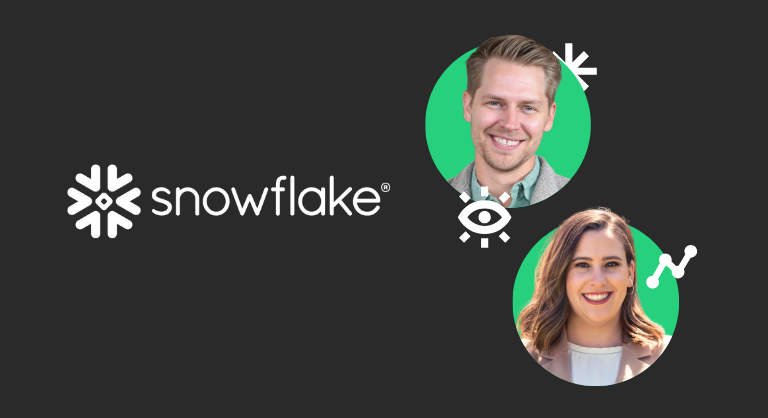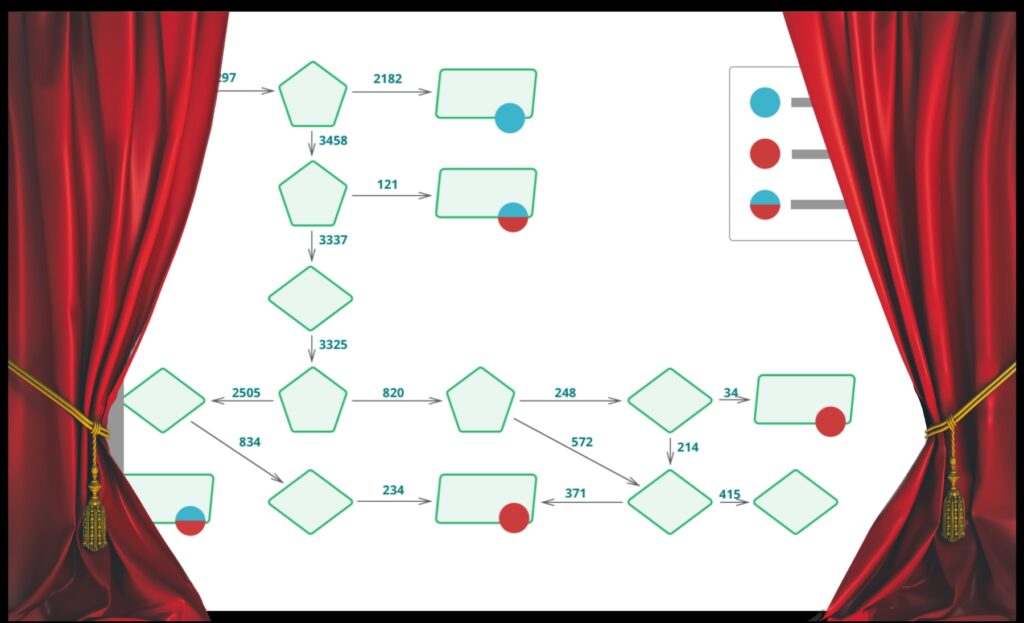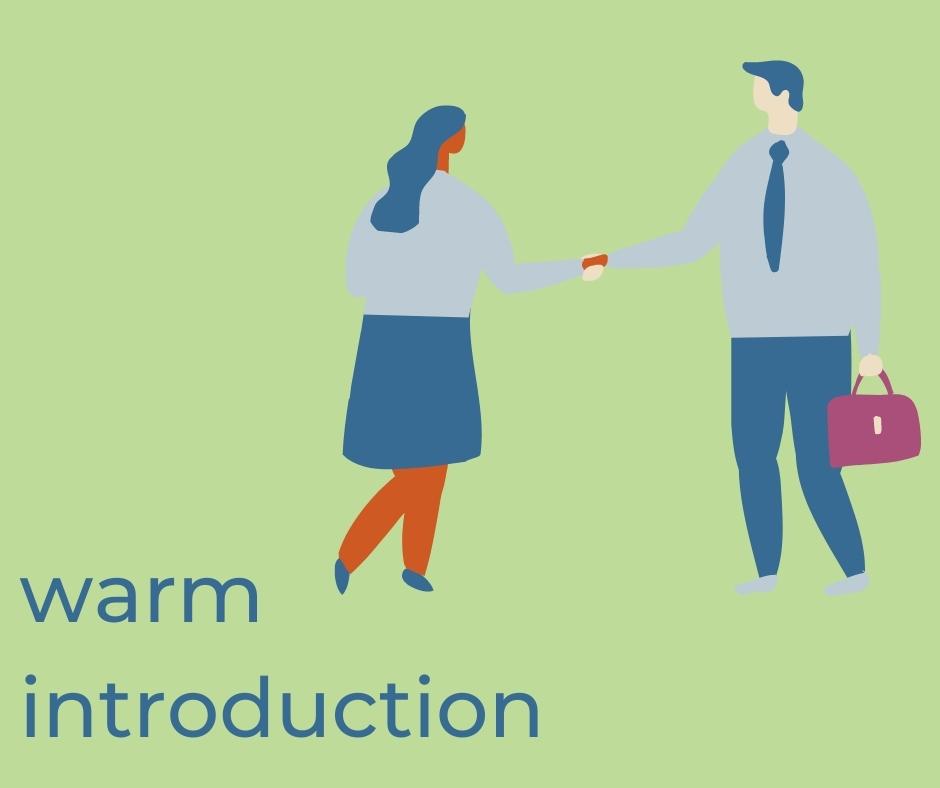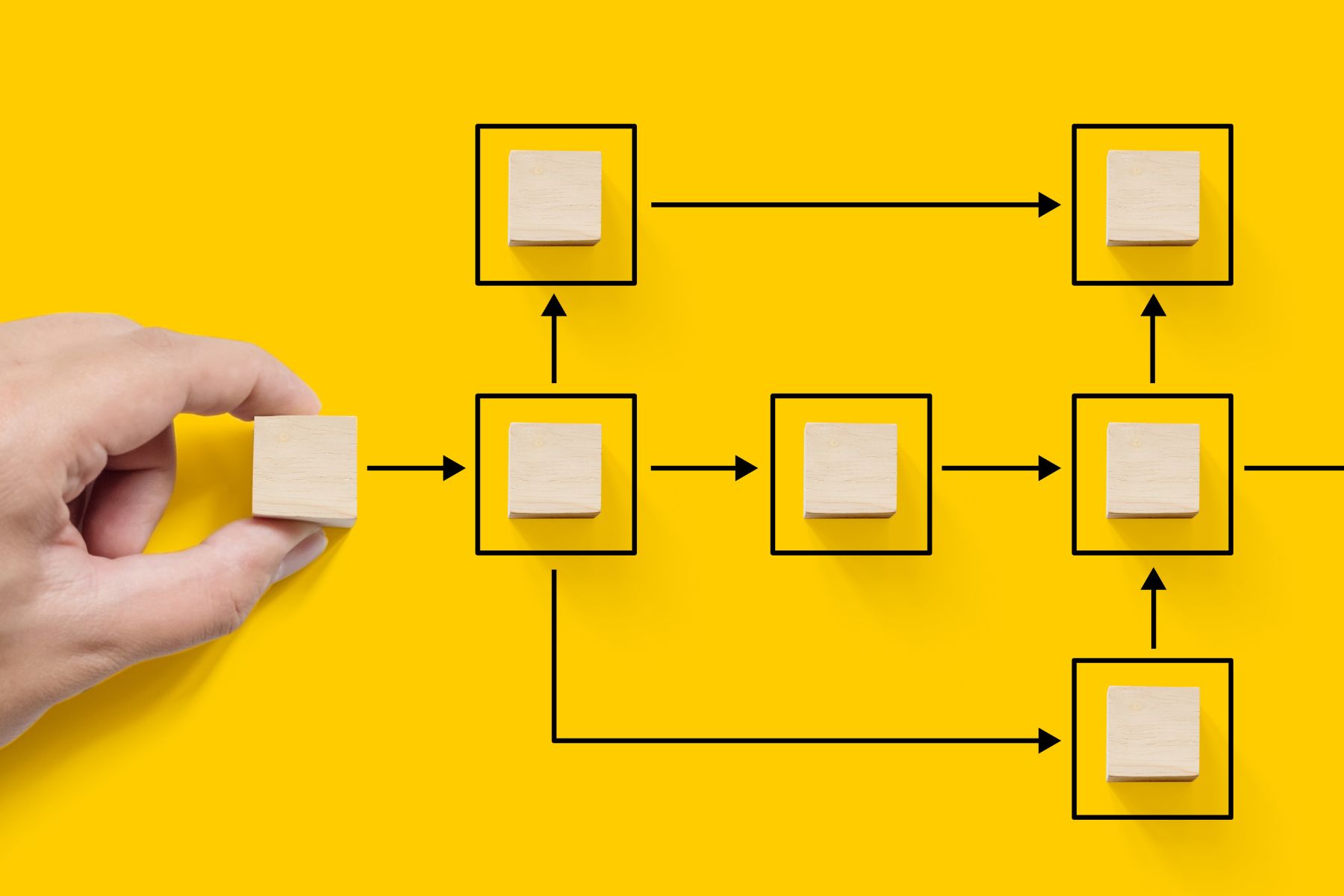Every company wants repeat customers, but it’s not always clear how to automate this process into a repeat customer play.
People rarely lift the metaphorical hood to reveal what’s really going on in their tech stack. It’s a mystery just what makes the magic happen.
So you’re in luck! Today we’re pulling back the curtain to show how the LeanData RevOps team deploys one of our go-to-market (GTM) outbound plays we call “Virality 2.0.”
In this play, the LeanData and UserGems platforms work together in two specific ways. First, this play drives repeat business by accelerating the identification of relevant buyers. Second, it improves lead and contact assignment accuracy by re-routing lost opportunities for follow up.
What is Customer Virality?
Just like a good TikTok video, every tech company wants their product to take off and go viral. Customer virality means your buyers love your product. They talk about it with their friends and bring it with them when they change jobs.
One of the best outbound strategies taps into your relationships with past customers. Former customers refer more people, promote your business, and have a higher chance of converting. They already have a good understanding of your product. Plus, they don’t need the education or extensive meetings characteristic of the typical SaaS sales process.
However, with so much job turnover, the challenge comes in finding your former customers. A Pew Research study found that 2.5% of workers (about 4 million) switched jobs each month in 2022. This equates to a 30% annual turnover of workers.
While you could task someone on your team to manually research job changes, this process is not only time-consuming, it won’t scale.
Enter LeanData partner UserGems, an application that supports repeat customer plays by alerting sales reps when opportunity contacts and former customers change jobs. LeanData’s RevOps team uses both platforms, working together, to drive pipeline growth.
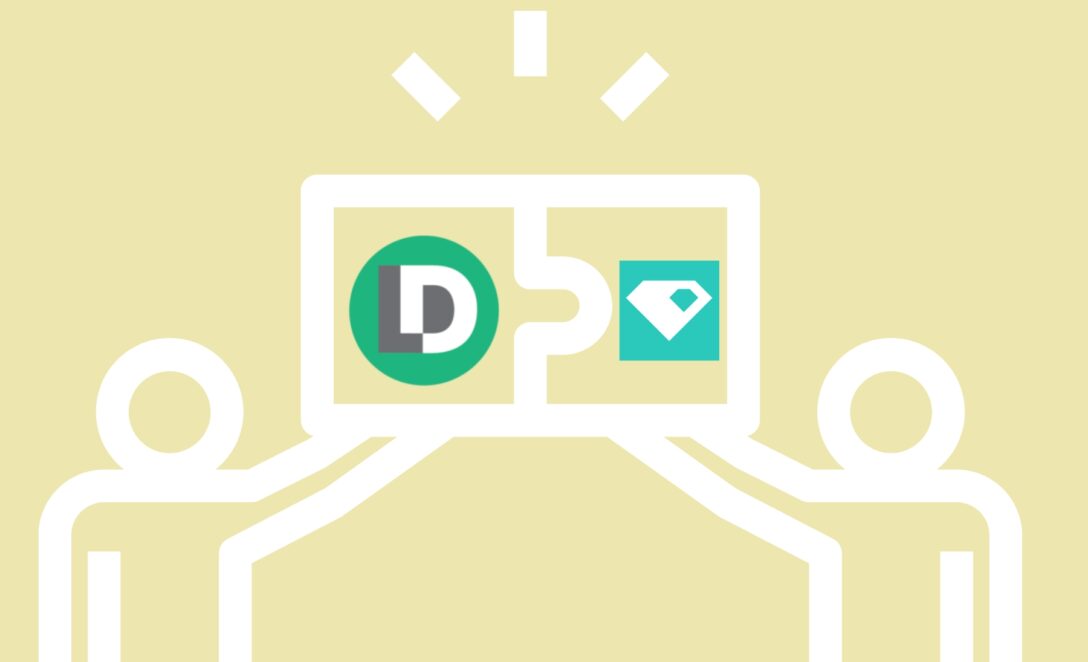
Defining LeanData’s Viral Customers & Opportunities
LeanData’s customer virality play breaks potential buyers into four categories of job changes:
#1 Past Champion Contact: A power user or champion of LeanData — this person was identified as a key contact post-sale and has now moved to a new company.
The next three potential buyers were likely part of the original buying committee, have a good understanding of LeanData, and have already evaluated and/or purchased our product.
#2 Past “Closed Won Opportunity” Contact: A contact added as a contact role to a Closed Won Opportunity in Salesforce who has moved to a new company
#3 Past “Open Opportunity” Contact: A contact added to an Open Opportunity in Salesforce who has moved to a new company
#4 Past “Closed Lost Opportunity” Contact: A contact added to a Closed Lost Opportunity in Salesforce who moves to a new company.
Incorporating UserGems into the LeanData FlowBuilder
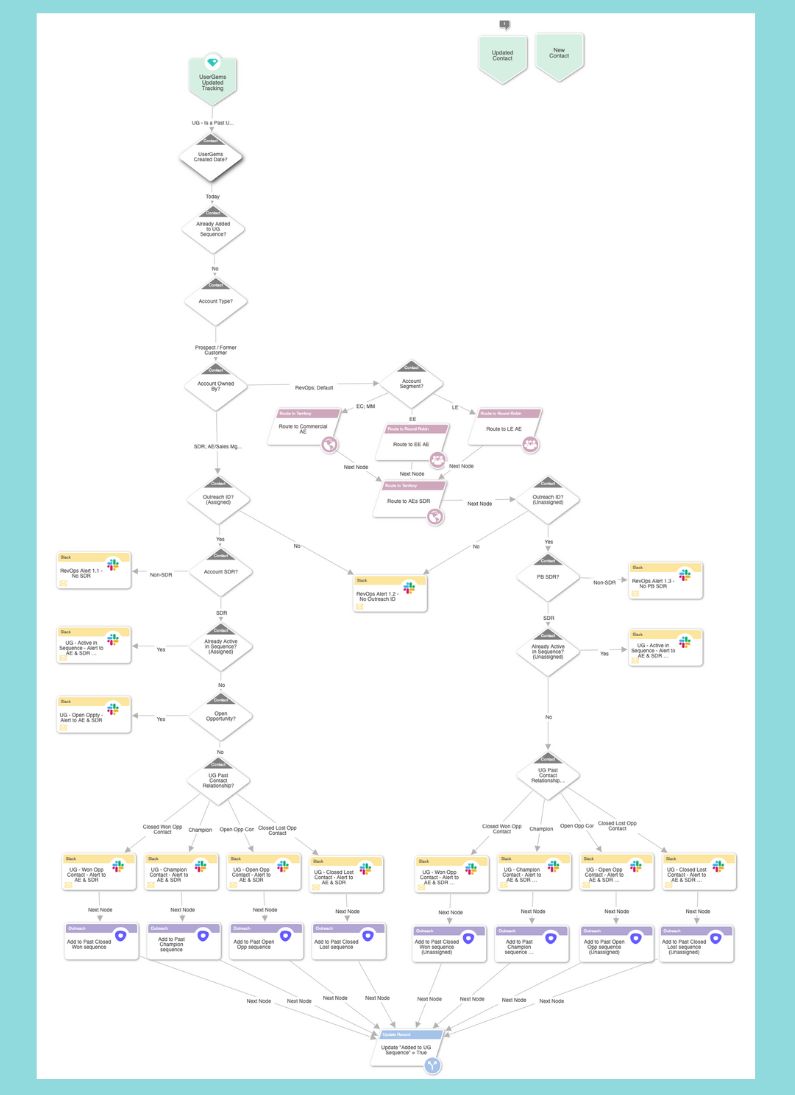
Once surfaced by UserGems, each category of potential buyer is automatically entered into a workflow in LeanData’s FlowBuilder. The following four steps summarize the automated actions shown in the graph:
Step 1: The LeanData routing scheduler automatically creates or updates new records for new job changes detected by UserGems. (This can also be done with the UserGems trigger node.)
Step 2: LeanData matches new leads to accounts or updates existing contact records. Then, it converts new leads to a contact. The routing flow round robins unassigned accounts and sends different alerts for assigned accounts. This flow takes into consideration accounts or contacts that may already be active in an open deal cycle or Outreach sequence.
Step 3: LeanData automates Slack alerts to the appropriate account executive (AE) or sales development representative (SDR) with context and the appropriate call to action. The SDR researches the contact and account, strategizes with their AE, and follows up within 48 hours.
Step 4: LeanData automatically enrolls the prospect into a persona-based Outreach sequence.
Repeat Customer Plays Supported by Slack Alerts
When the LeanData FlowBuilder graph automates a Slack alert to the appropriate LeanData sales rep, the alert is full of contextual information. This helps personalize outreach. The contextual information includes the contact’s past relationship with LeanData as well as their new job title, start date, company name, and new email address.
The LeanData sales rep can click on the contact name in the Slack alert and connect to the contact record in Salesforce. The contact record now includes a section for UserGems, providing context into the contact’s past interactions with LeanData. The sales rep can investigate the previous account or opportunity to gain intelligence. Further, the rep can identify a LeanData coworker to help make a warm introduction.
Evaluate, Iterate, Repeat
Upon launching Virality 2.0, the LeanData team was able to generate $100K in new pipeline in just over one week. We also found the open rates for the Outreach sequences to be higher than usual while overall bounce rates were similar to other non-UserGems campaigns.
This repeat customer play is monitored and maintained by one SalesOps pro. This represents a considerable time savings when compared with the custom code and manpower necessary to duplicate this same GTM motion in Salesforce. LeanData’s no-code, drag-and-drop platform makes it easy to evaluate the flow through detailed audit logs and make changes in real time.
UserGems and LeanData working together is simply a game changer. Repeat customer plays are often difficult to scale and automate. However, they add tremendous value. So, when you can take a manual task and turn it into a process that’s automated, efficient, and generates pipeline more quickly …
… it doesn’t get much better than that.
